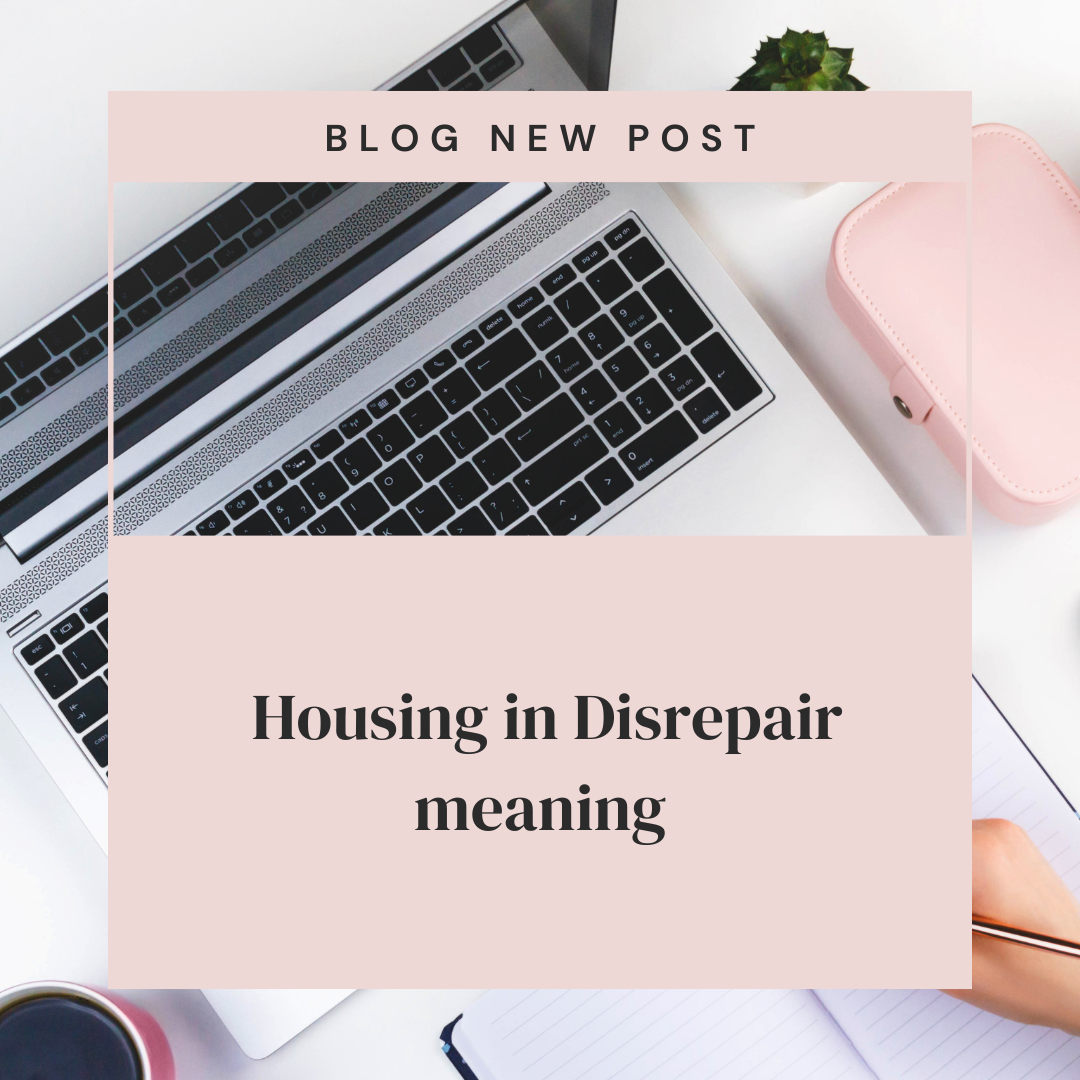House in Disrepair meaning:
Introduction:
House in disrepair meaning is unfortunately prevalent in many societies. This blog post aims to shed light on the meaning of house in disrepair and its profound impact on individuals, families, and communities. From deteriorating structures to substandard living conditions, this pressing problem deserves attention and informed action.
Understanding House in Disrepair:
House in disrepair refers to residential structures that have, over time, fallen into a state of neglect, decay, or disuse. It encompasses a variety of issues, such as structural damage, crumbling walls, leaking roofs, faulty plumbing, inadequate heating or cooling systems, and infestation of pests. These adverse conditions severely compromise the safety, health, and overall well-being of residents.
Impact on Individuals and Families:
Housing in disrepair can have far-reaching consequences for individuals and families alike. When individuals are forced to reside in such conditions, it adversely impacts their mental and physical health. Exposure to mold, dampness, and other unsanitary conditions can aggravate respiratory illnesses, allergies, and chronic health conditions. Moreover, living in cramped spaces or structurally compromised buildings can lead to accidents, injuries, and even collapse, putting lives at risk.
Families dealing with housing in disrepair face numerous challenges. Such living conditions can hinder children’s educational attainment and negatively impact their overall development. The stress of unstable housing, combined with daily struggles for survival, can strain familial relationships and affect mental well-being. Furthermore, these conditions often perpetuate a cycle of poverty, making it difficult for families to escape their circumstances.
Community Ramifications:
The consequences of housing in disrepair are not confined solely to the individuals and families directly affected. Communities with a noticeable number of such dilapidated structures often face social and economic disadvantages. These areas contribute to increased crime rates, declining property values, and reduced economic opportunities. The stigma associated with neglected neighborhoods can result in isolation and limited access to essential services and resources, perpetuating a vicious cycle of further neglect and decline.
The Call for Action:
Addressing housing in disrepair requires concerted efforts from policymakers, community organizations, and individuals. Governments should prioritize funding for affordable housing initiatives, allocate resources for renovation and repair programs, and implement stricter safety standards. Similarly, community-based organizations can play a crucial role by advocating for better housing conditions, providing support services, and fostering community engagement. Moreover, individuals can contribute by reporting unsafe living conditions and supporting affordable housing initiatives through donations or volunteering.
Conclusion:
Housing in disrepair is a pressing issue that requires our attention and prompt action. By understanding the meaning of this term and recognizing its profound impact on individuals, families, and communities, we can work towards bringing about positive change. Ensuring safe, decent, and affordable housing for all is not only a matter of social justice but also a fundamental right that has far-reaching benefits for individuals and society as a whole. Let us unite to create a world where everyone has access to housing that promotes dignity, well-being, and opportunities for growth.
Important links
Housing Disrepair Advice: https://housingdisrepairadvice.org/contact
Housing Ombudsman: https://www.housing-ombudsman.org.uk/
